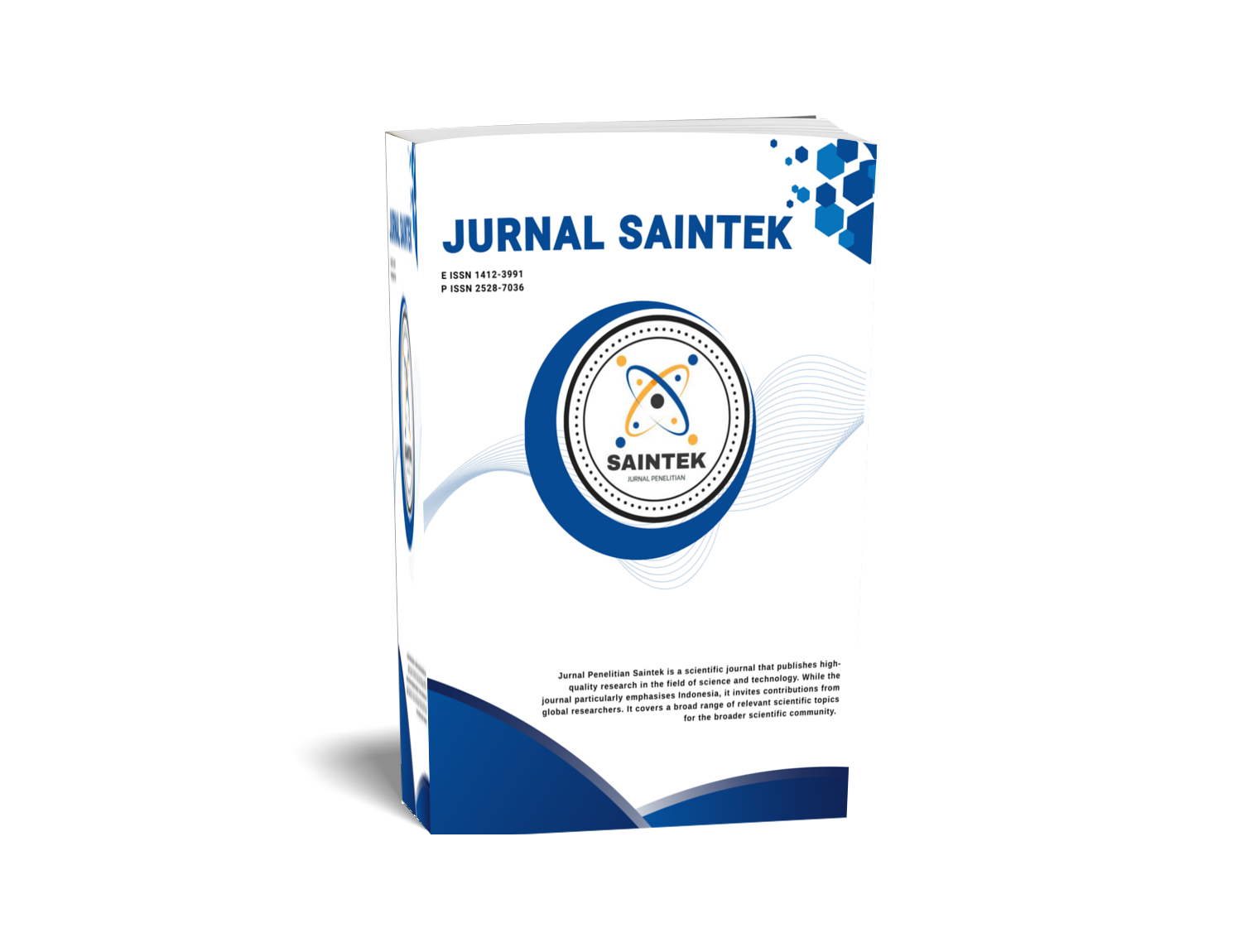ANALYSIS OF MIX DESIGN BETON HOW DOE (ENGLISH) AND ACI (AMERICA)
DOI:
https://doi.org/10.21831/jps.v7i1.5427Keywords:
analysis, mix design beton, (english) and aci (america)Abstract
This research was aimed to describe concrete mix design using British DOE and American AC/ methods viewedfrom concrete compressive strength and cost per-m', The mix design research used materials of sand and split from Krasak River, Nusantara brand Portland cement, and ground water from Faculty of Engineering UNY They were 10 samples each methods of (J 5 x15 x 15) em dimension. The data were collected by meant of experiment in the Laboratory of Building Materials, Faculty of Engineering, UNY, and analyzed descriptively. The results were that, to design concrete with K.225 characteristic, the DOE method required mix composition of PC : sand: split = I : 1,58: 3,49 with slump = 13 em, the average weight of concrete cubes = 8,066 kgs and characteristic of compressive strength = 263,1 kg/em". The ACI method required mix composition of PC: sand: split = I: 2,24: 3,12, with slump = tcm (slightly over the design value), the average weight of concrete cubes = 8,215 kgs, and characteristic of compressive strength = 284,73 kg/em', Based on the cost analysis, per-cube, the DOE method cost was Rp 215.906,- and the ACI method cost was Rp 195.791,-.. From the analysis, in general the AC/ method was more effective as well as efficient than DOE method.
Downloads
How to Cite
Issue
Section
Citation Check
License
Who Can Submit?
Any individual may submit an original manuscript for consideration for publication in Jurnal Penelitian Saintek as long as they hold the copyright to the work or are authorized by the copyright owner(s) to submit it. Authors retain initial ownership of the copyrights to their works prior to publication, except in cases where, as a condition of employment, they have agreed to transfer copyright to their employer.
User Rights
Jurnal Penelitian Saintek is an Open Access journal. Users are granted the right to read, download, copy, distribute, print, search, or link to the full texts of articles, provided they comply with the conditions of the Creative Commons Attribution-ShareAlike License 4.0 (CC BY-SA 4.0).
https://creativecommons.org/licenses/by-sa/4.0/
Author Rights
Authors retains copyrights.
Jurnal Penelitian Saintek by http://journal.uny.ac.id/index.php/saintek is licensed under a Creative Commons Attribution-ShareAlike 4.0 International License.










